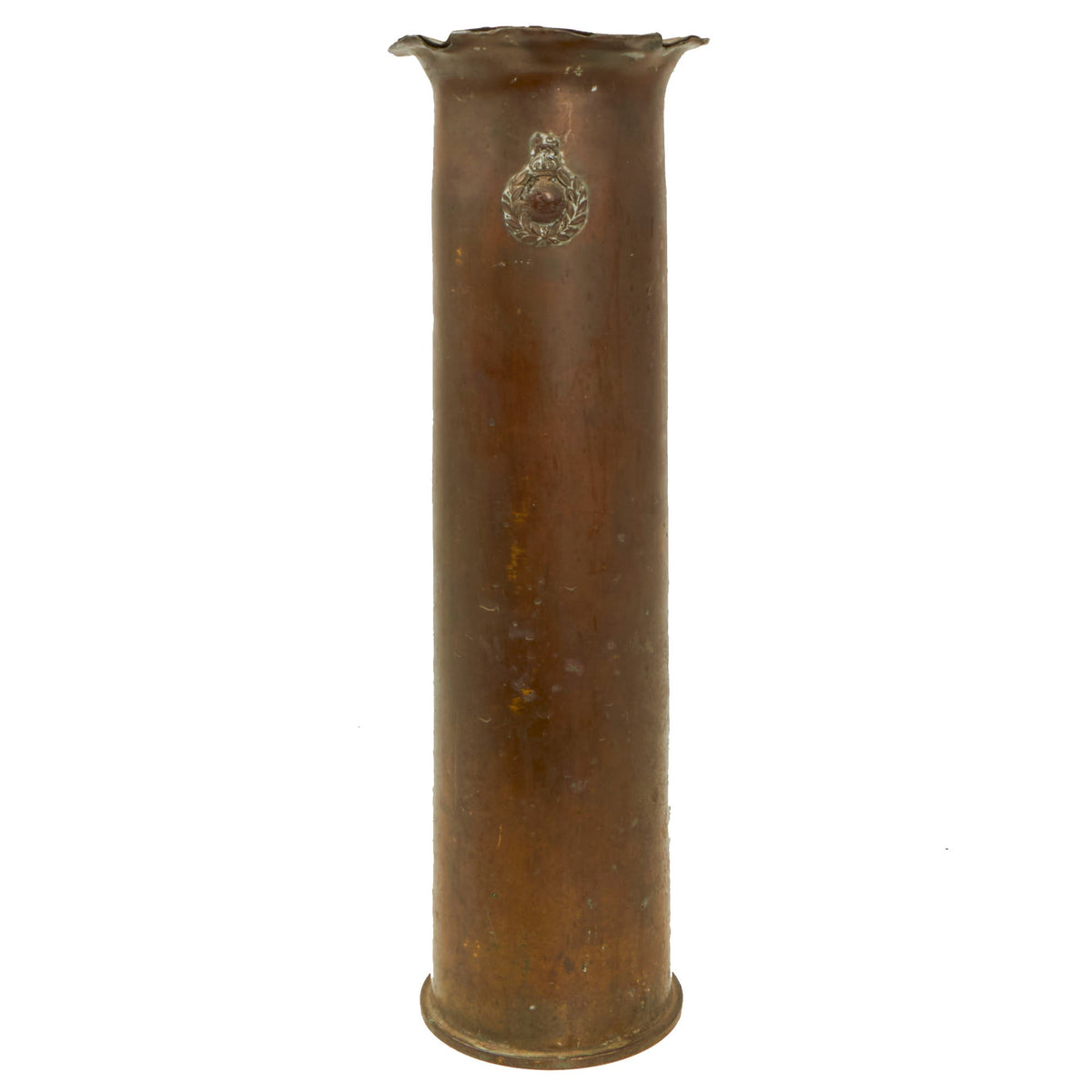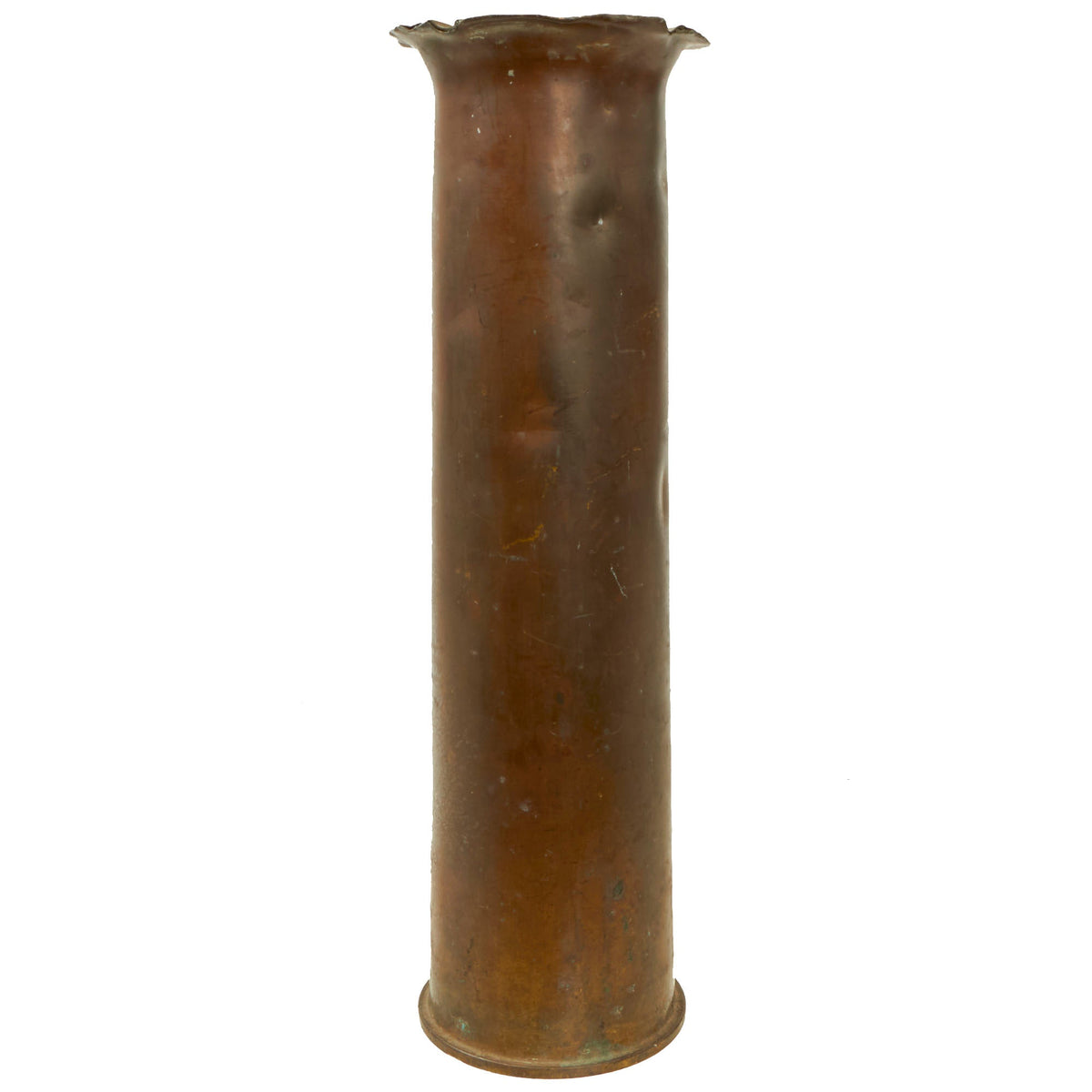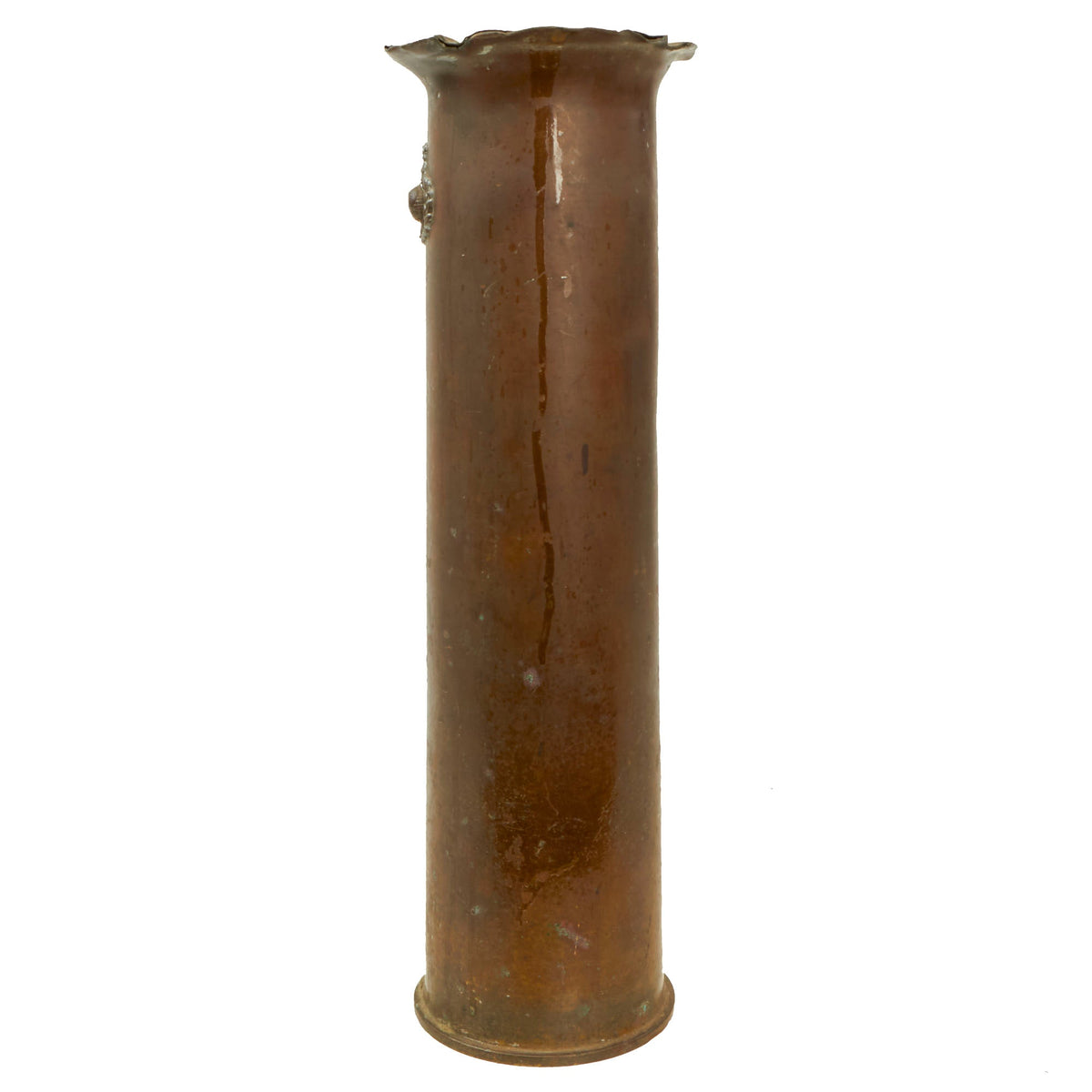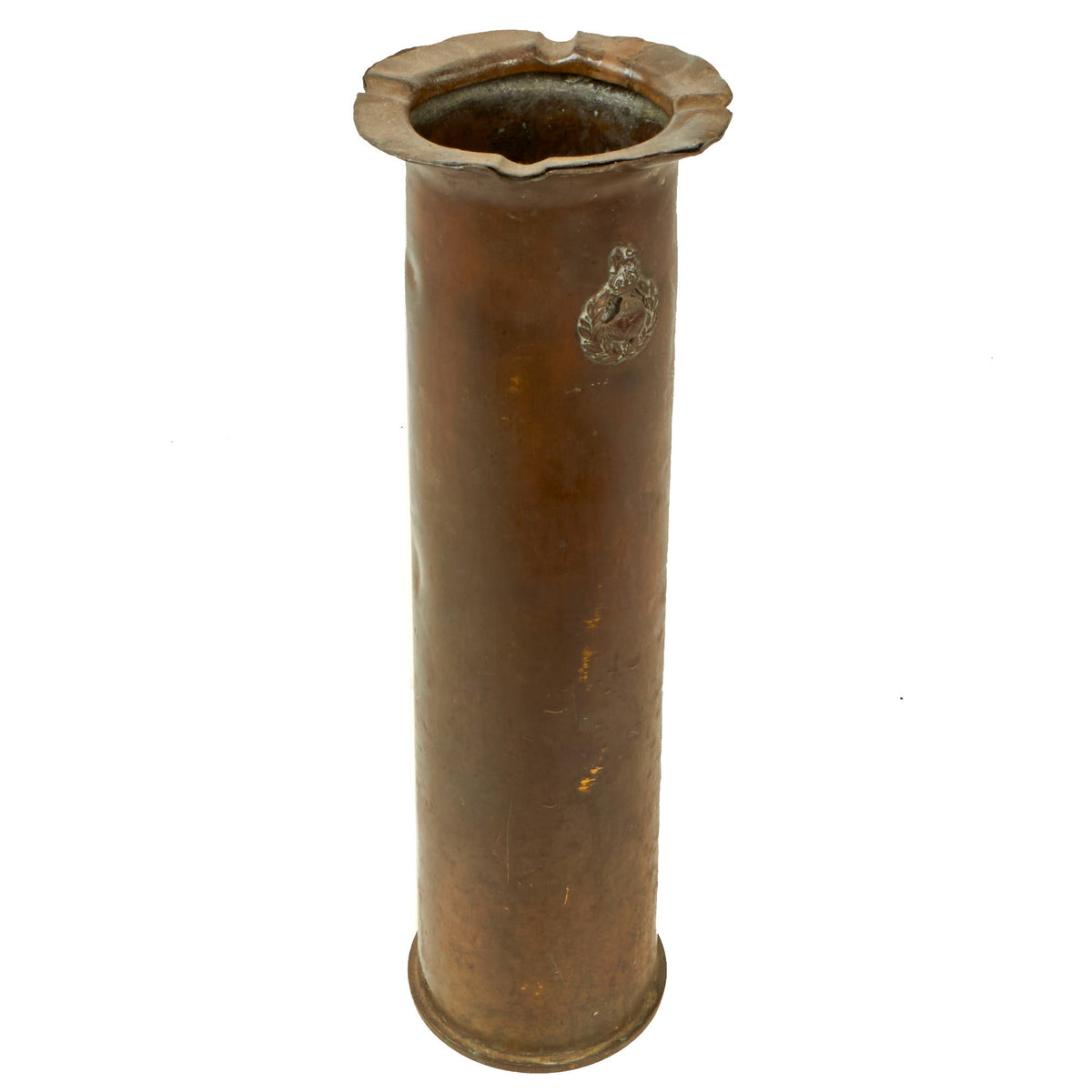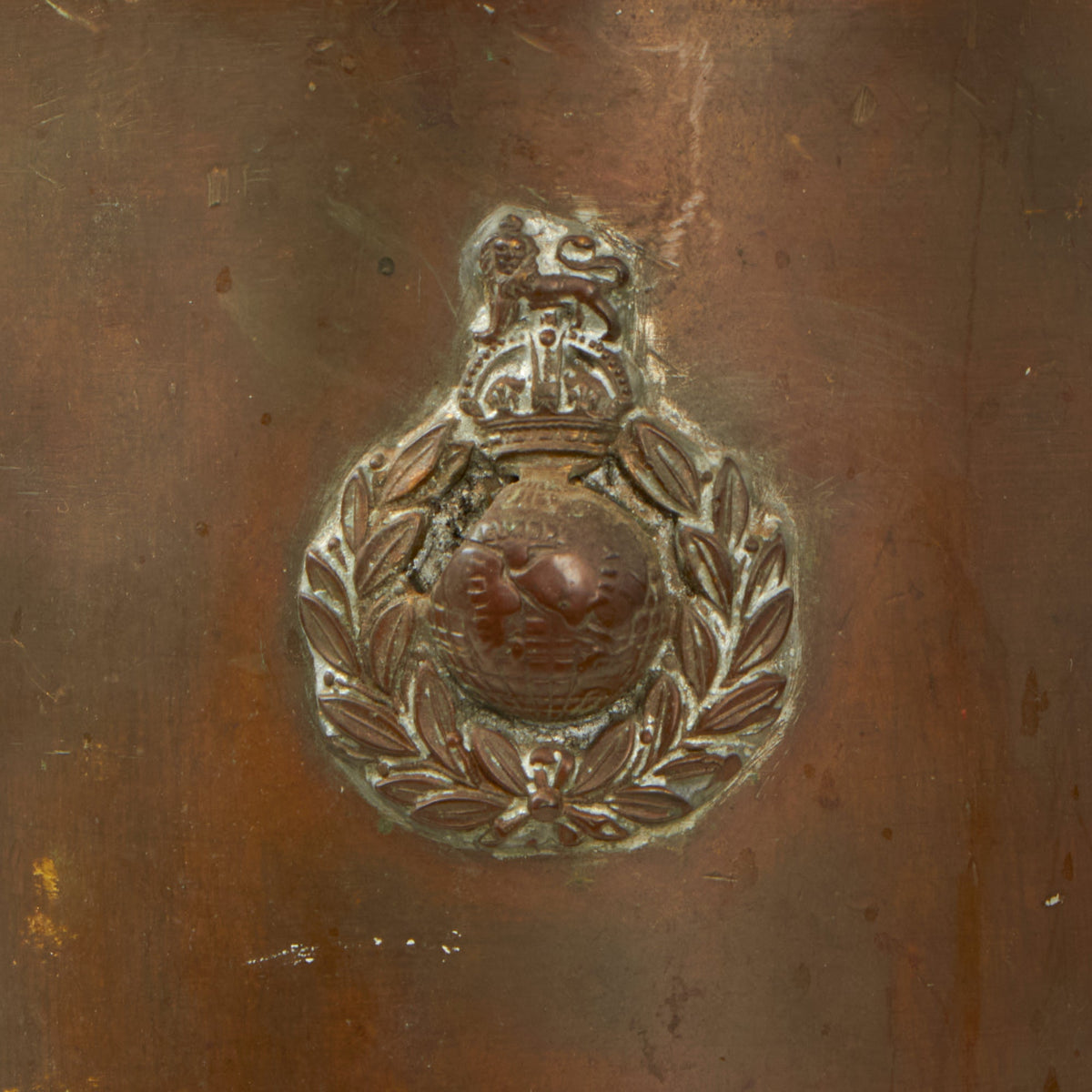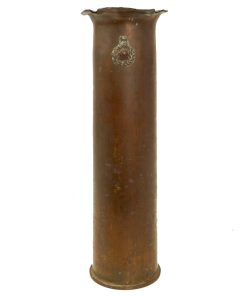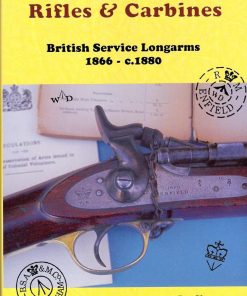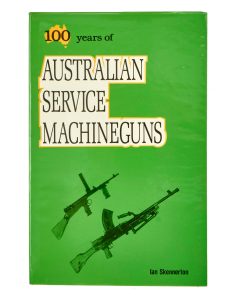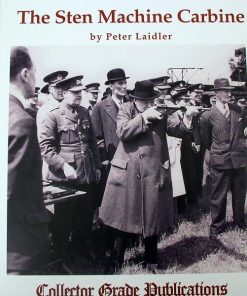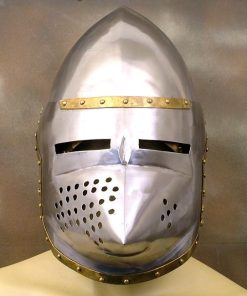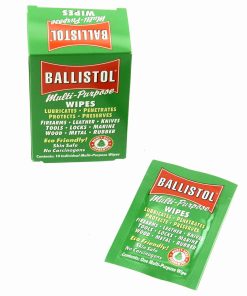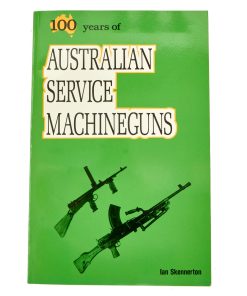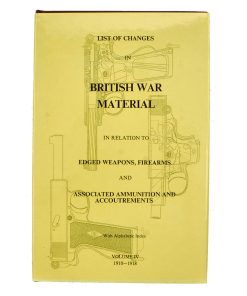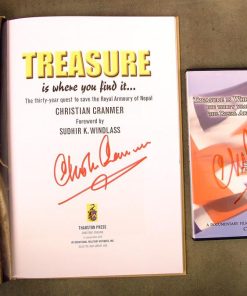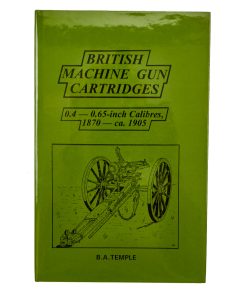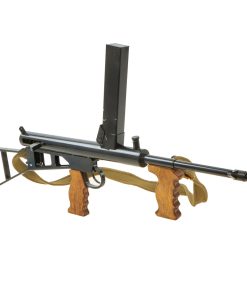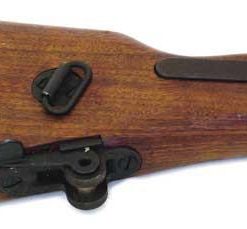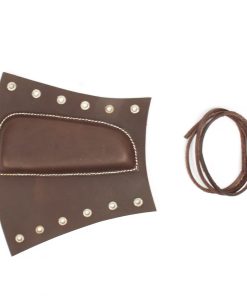Original British WWII Royal Marines Trench Art Ashtray Mk IV Naval Shell – 1941 Dated Original Items
$ 295,00 $ 118,00
Original Item. One-of-a-Kind. This is a tremendous piece of WWII trench art, a scarce 4 Inch Mark IV Naval Shell embedded with the insignia of the Royal Marines. The shell itself is dated 1941. The top of the shell has a separate piece attached to turn the rim of the shell into an ashtray. The shell measures 18⅝” tall with a base diameter of 5¼”.
The ashtray of the shell is painted and has four indented slots for cigarettes/cigars. A really stellar piece of trench art, ready for further research and display!
The QF 4-inch gun Mk IV was the main gun on most Royal Navy and British Empire destroyers in World War I. It was introduced in 1911 as a faster-loading light gun successor to the BL 4 inch Mk VIII gun. Of the 1,141 produced, 939 were still available in 1939. Mk XII and Mk XXII variants armed many British interwar and World War II submarines. Mk IV armed many British destroyers and some cruisers in World War I. It was used to arm merchant ships in World War II.
The Royal Marines in WWII
During the Second World War, a small party of Royal Marines were first ashore at Namsos in April 1940, seizing the approaches to the Norwegian town preparatory to a landing by the British Army two days later. The Royal Marines formed the Royal Marines Division as an amphibiously trained division, parts of which served at Dakar and in the capture of Madagascar. After the assault on the French naval base at Antsirane in Madagascar was held up, fifty Sea Service Royal Marines from HMS Ramilles commanded by Captain Martin Price were landed on the quay of the base by the British destroyer HMS Anthony after it ran the gauntlet of French shore batteries defending Diego Suarez Bay. They then captured two of the batteries, which led to a quick surrender by the French.
In addition the Royal Marines formed Mobile Naval Base Defence Organisations (MNBDOs) similar to the United States Marine Corps Defense Battalions. One of these took part in the defence of Crete. Royal Marines also served in Malaya and in Singapore, where due to losses they were joined with remnants of the 2nd Battalion, Argyll and Sutherland Highlanders to form the “Plymouth Argylls”.
The first Royal Marines commando unit was formed at Deal in Kent on 14 February 1942 and designated ‘The Royal Marine Commando’, shortly afterwards it was renamed A Commando and took part in the Dieppe Raid. One month after Dieppe, most of the 11th Royal Marine Battalion was killed or captured in an ill staged amphibious landing at Tobruk in Operation Agreement, again the Marines were involved with the Argyll and Sutherland Highlanders, this time the 1st Battalion. In 1942 the Infantry Battalions of the Royal Marine Division were re-organised as Commandos, joining the British Army Commandos. The Division command structure became a Special Service Brigade command. The support troops became landing craft crew and saw extensive action on D-Day in June 1944.
Fast Shipping with Professional Packaging
Thanks to our longstanding association with UPS FedEx DHL, and other major international carriers, we are able to provide a range of shipping options. Our warehouse staff is expertly trained and will wrap your products according to our exact and precise specifications. Prior to shipping, your goods will be thoroughly examined and securely secured. We ship to thousands clients each day across multiple countries. This shows how we're dedicated to be the largest retailer on the internet. Warehouses and distribution centres can be located throughout Europe as well as the USA.
Note: Orders with more than one item will be assigned a processing date depending on the item.
Before shipping before shipping, we'll conduct a thorough inspection of the items you have ordered. Today, the majority of orders will be delivered within 48 hours. The delivery time will be between 3-7 days.
Returns
The stock is dynamic and we cannot completely manage it because multiple stakeholders are involved, including our factory and warehouse. So the actual stock may alter at any time. It's possible that you may not receive your order once the order has been made.
Our policy is valid for a period of 30 days. If you don't receive the product within 30 days, we are not able to issue a refund or an exchange.
You can only return an item if it is unused and in the same state as the day you received it. You must have the item in its original packaging.
Related products
Uncategorized
Uncategorized
Book: Small Arms ID by Ian Skennerton: .303 Rifle, No. 1, S.M.L.E Marks II & III New Made Items
Uncategorized
Uncategorized
Book: Small Arms ID by Ian Skennerton: .303 Pattern 1914 Rifle & Sniping New Made Items
Uncategorized
Uncategorized
Uncategorized
Uncategorized
Uncategorized
Australian WWII Owen MK1 Machine Carbine SMG Custom Fabricated Replica with Sling Original Items
Uncategorized
Book & DVD Combo: Treasure is Where You Find It: Signed Collector Editions New Made Items
Uncategorized
Australian WWII Owen MK1 Machine Carbine SMG Custom Fabricated Replica with Sling Original Items
Uncategorized
